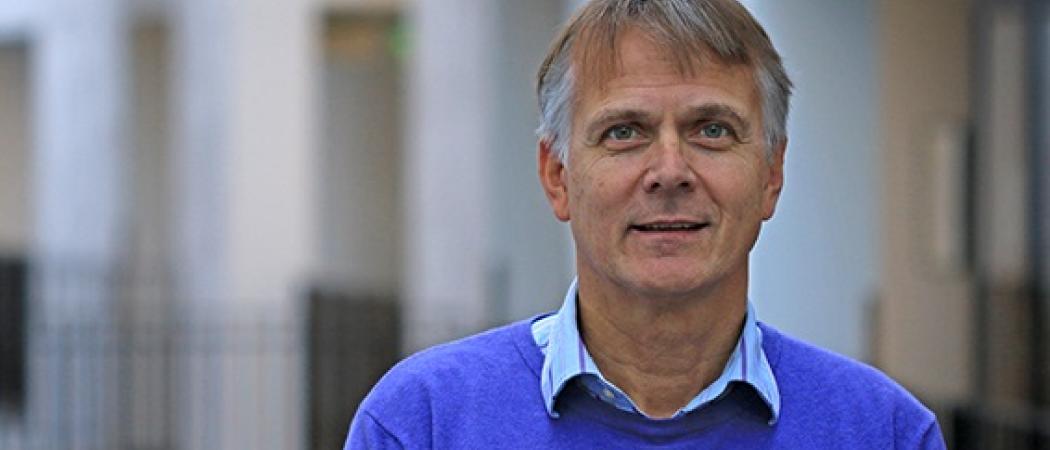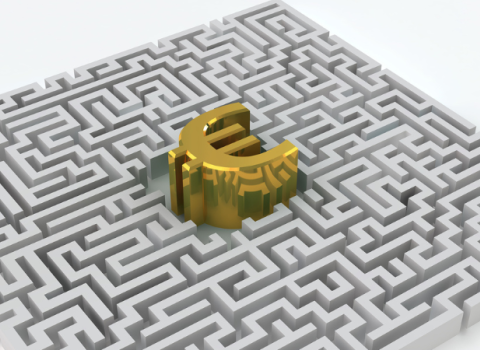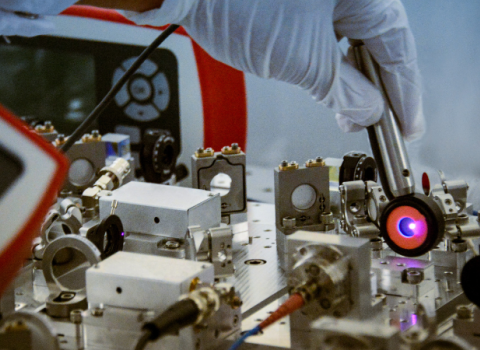
Gunnar Björk, professor of Photonics. (Photo: Peter Ardell)
The future of secure communication will be in quantum encryption, and KTH will lead research in this area under the auspices of a new national research center financed by the Knut and Alice Wallenberg Foundation.
Gunnar Björk, Professor of Photonics at KTH, says that the Wallenberg Center for Quantum Technology is considered to be one of Sweden's largest individual research efforts in recent years.
With nodes at KTH, Chalmers University in Gothenburg, and Lund University, the center will operate on a total budget of about EUR 95.3 million over 10 years. The Knut and Alice Wallenberg Foundation provides the majority of financing, with a grant of EUR 60 million. Matching funds from the universities and industry comprise the balance.
“The center will have four orientations,” Björk says, “quantum computers and simulators, quantum sensors and quantum communication.”
While KTH coordinates quantum communication research and academic excellence, Chalmers is responsible for overall direction of the center and the core project of developing what may be the world’s biggest quantum computer, with a capacity of 100 qubits. Chalmers will coordinate research in quantum computing and simulators, and Lund is responsible for research with sensors.
The research at KTH mainly involves the secure transmission of encrypted data. Quantum encryption secures data from eavesdropping, but transmission of quantum signals is presently limited to 100km. The research led by KTH will focus on amplifying signals with “quantum repeaters” in a worldwide quantum network, developing photon sources for carrying the data, perfecting single photon detectors and developing new encryption protocols.
Quantum communication security draws its unique impenetrability from Werner Heisenberg’s Uncertainty Principle, which holds that there is no way to make a measurement of a quantum system’s characteristics without changing the system itself.
“Physical quantum systems can neither be measured nor copied without back action on the system,” Björk says. “Trying to access the information will change it.”
This release was first published 21 November by KTH Royal Institute of Technology .





 A unique international forum for public research organisations and companies to connect their external engagement with strategic interests around their R&D system.
A unique international forum for public research organisations and companies to connect their external engagement with strategic interests around their R&D system.